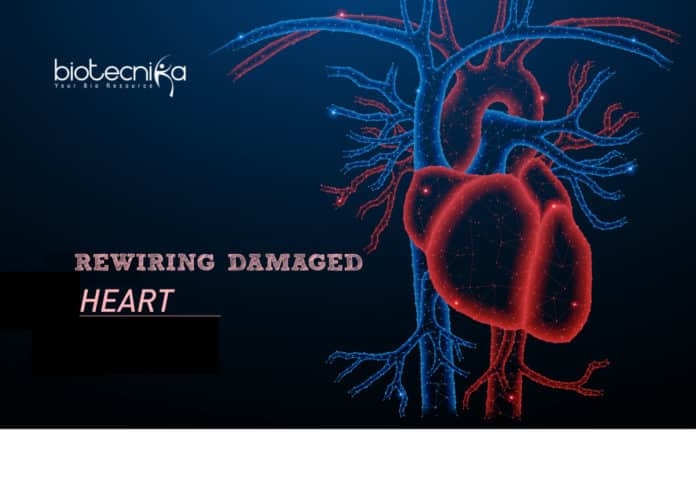Rewiring Damaged Heart Tissues Via Carbon Nanotube Fibers
Carbon Nanotube Fibres which are thin and flexible have now proven to bridge damaged heart tissue and facilitate electrical signals essential for the functioning of the Heart.
Scientists at Texas Heart Institute (THI) used biocompatible Carbon Nanotube fibers invented at Rice University in studies that showed sewing them directly into damaged tissue can restore the electrical function of the heart.
Dr. Mehdi Razavi, a cardiologist, and director of Electrophysiology Clinical Research and Innovations at said that this technique of creating a bridge to bypass and conduct over a scarred area of a damaged heart was more beneficial than the usual methods of shocking and defibrillating. Dr. Mehdi Razavi, co-led the study with Rice chemical and biomolecular engineer Matteo Pasquali.
Razavi said that Ventricular Arrhythmias is the major cause of sudden deaths in the world and there was no technology to treat it. He further said that ventricular arrhythmias caused by the unusual firing of impulses from the heart’s lower chambers and are challenging to treat. He added that this experiment wherein for Rewiring Damaged Heart Tissues – Carbon Nanotube Fibres were used, had provided the first scientific data for using a synthetic
material-based treatment rather than a drug to treat the leading cause of sudden death in the U.S.The research was kickstarted from the pioneering 2013 innovation by Pasquali’s laboratory of a method to make conductive fibers out of carbon nanotubes. The lab’s first threadlike fibers were a quarter of the width of a human hair, however, they had millions of countless microscopic nanotubes. The fibers are additionally being examined for electric interfaces with the brain, for usage in cochlear implants, as adaptable antennas as well as for vehicle and aerospace applications. Lots of concerns stay prior to the procedure that can move toward human trials, Pasquali said. The scientists should establish a way to stitch the fibers in place utilizing a minimally invasive catheter and also make sure the fibers are solid and also adaptable adequate to serve a beating heart over the long-term. Pasquali noted that flexibility was critical as anything which is attached to a constantly pulsating heart ought to get deformed
The experiments showed the safe non-toxic, Carbon Nanotube Fibres, with their ends stripped to serve as electrodes, worked in restoring feature during monthlong examinations in big preclinical trails as well as rodents, whether the preliminary conduction was slowed, severed or blocked, according to the scientists. The fibers offered their objective with or without the existence of a pacemaker, they found. The conduction disappeared in rodents when the fibers were removed.
Mark McCauley, the co-led author said that Carbon Nanotube Fibres were helping in the reestablishment of Cardiac Conduction and that this technology had the potential to revolutionize therapy for cardiac electrical disturbances which is one of the most common causes of death in the United States.
Good interfacial contact, as well as good conductivity, are key features for a material to get implanted in the heart. These Carbon Nanotube Fibres have both properties built-in by design, which greatly simplifies device construction and lowers risks of long-term failure. These carbon fibers have excellent conductivity and are also flexible enough to allow scientists to deliver it to a particular location within the damaged heart.






























